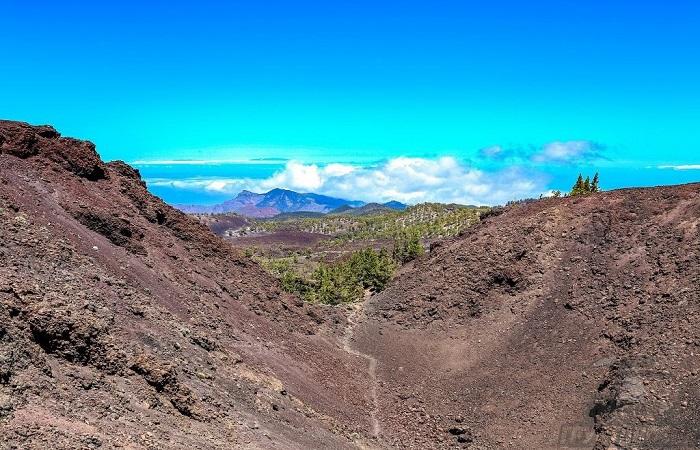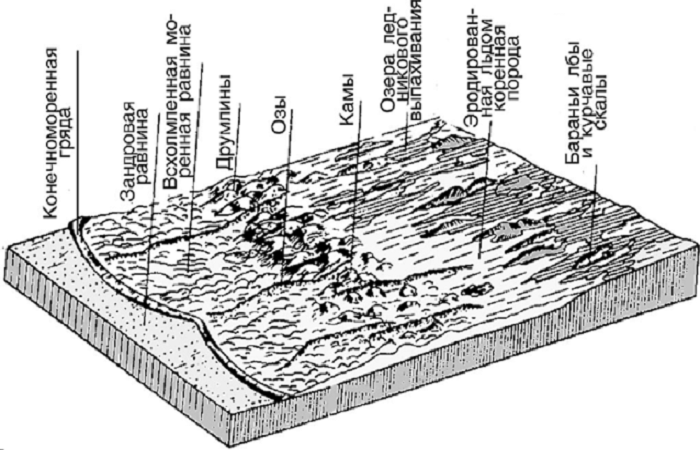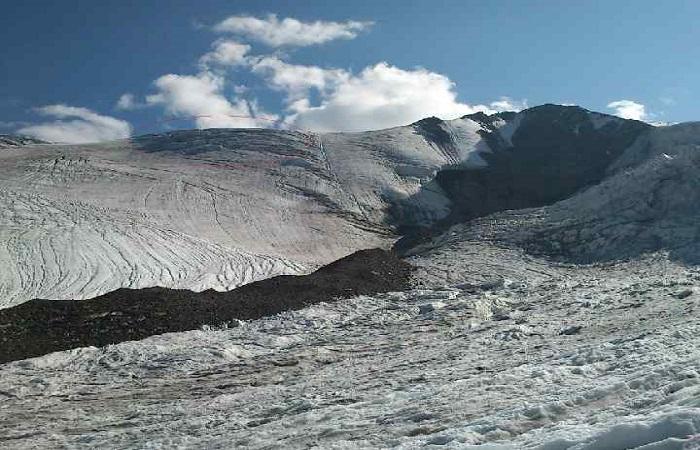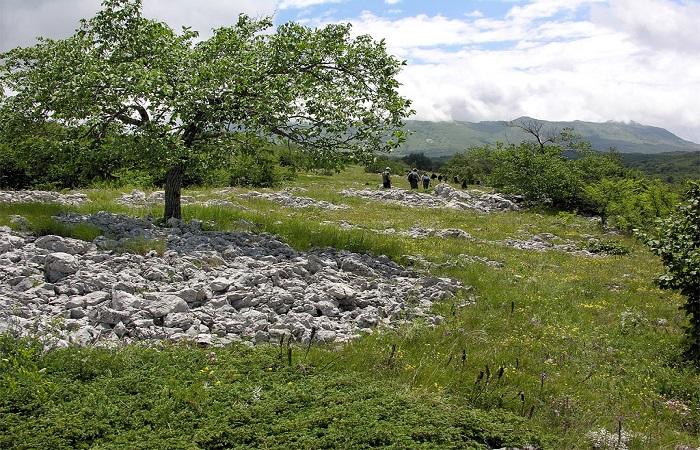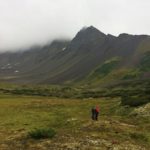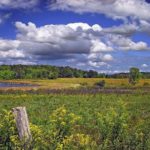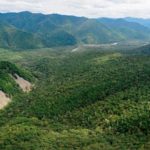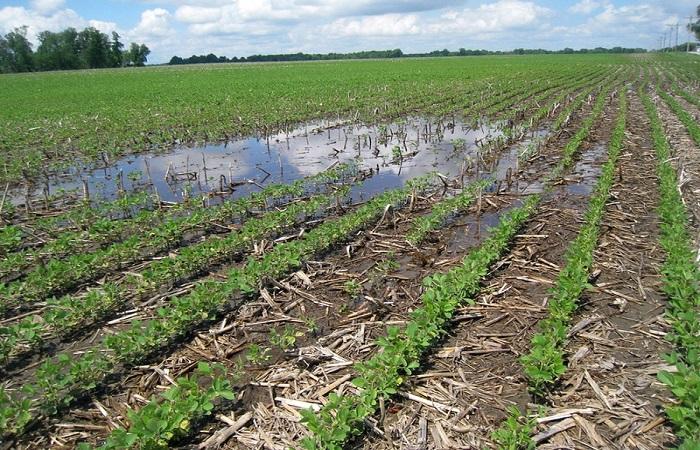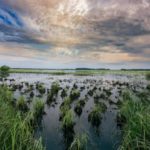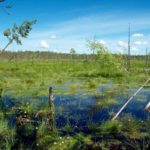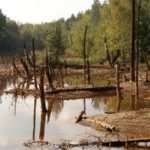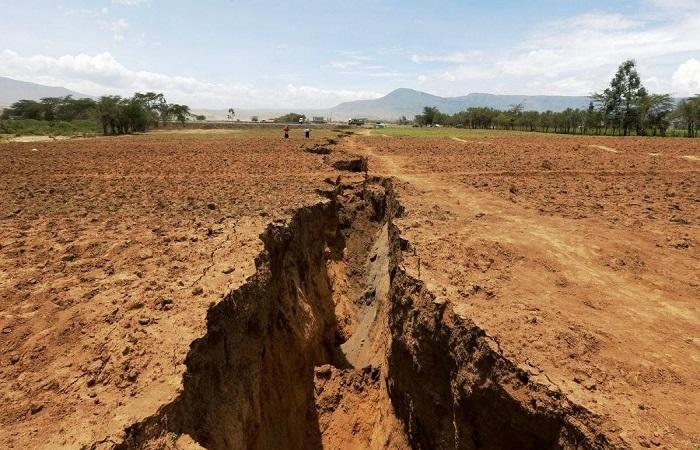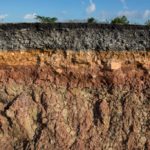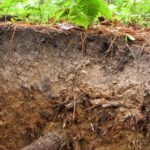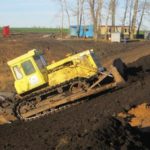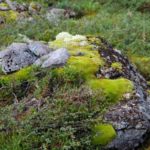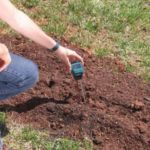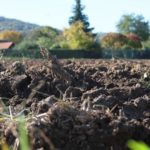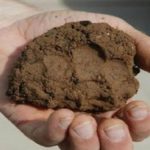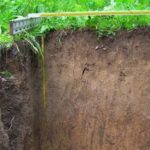In order to understand the reasons for soil diversity, it is recommended to understand how the planet's topography affects the soil. The earth's surface is heterogeneous. Relief forms of different sizes and heights influence bioclimatic processes. Soil formation depends on climate, weather, temperature, degree of moisture, that is, on all factors directly or indirectly related to the topography of the Earth.
Based on scale, the relief is divided into types
The surface of the Earth consists of various formations.The relief of our planet is studied by such a science as geomorphology. Due to the heterogeneity of earthly forms, there are four relief types.
Macrorelief
First, it is worth mentioning that before the macro-relief there is a mega-relief, presented in the form of continental massifs and ocean basins. The emergence of such forms was influenced by tectonic phenomena in the earth's crust. Macrorelief is a large terrestrial formation that occupies a vast territory. They are characterized by large fluctuations in height and are measured in hundreds of meters and kilometers. Examples of macrorelief are plains, lowlands, plateaus, plateaus, mountains.
Mesorelief
These are medium-sized terrestrial formations. Their occurrence was influenced by exogenous geological processes and the slow uplift and subsidence of individual land areas. Mesorelief includes hills, hollows, slopes, terraces, beams, and river floodplains. Fluctuations in the height of such formations are measured in meters and tens of meters.
Microrelief
These are small terrestrial formations. Their occurrence was influenced by subsidence phenomena, deformations as a result of soil freezing and other reasons. The microrelief occupies a small area. The height of individual forms varies within one meter. Microrelief includes tubercles, depressions, depressions, and saucers.
Nanorelief
These are the smallest earthly formations. Altitude fluctuations of relief forms are within 30 cm. Nanorelief includes hummocks, grooves, salt marshes, ridges, as well as irregularities resulting from mechanical processing of agricultural land.
How does topography affect the soil?
The earth's surface is under the influence of endogenous and exogenous processes. Thanks to the movement of tectonic plates, the influence of water, wind, and gravity, the planet's topography is formed.On the surface of the Earth, formations of various shapes, heights and sizes appear. The formed relief has an indirect effect on soil formation.
Redistribution of thermal energy
The relief is located between the atmosphere and the lithosphere. The redistribution of solar radiation and thermal energy depends on the forms prevailing on the earth's surface. Relief affects the climate of vast areas and soil microclimate. For example, the mountains of Tibet and the Hindu Kush do not allow Arctic masses to enter the Hindustan Peninsula, and also delay warm flows coming from the Indian Ocean. Temperature differences affect vegetation and important processes occurring in the soil. Accordingly, the soil cover on both sides of these mountains is different in composition and properties.
Mega- and macroforms of the Earth take part in the formation of air masses, influence the climate and redistribution of thermal energy. Weather and temperature conditions depend on them, which, in turn, have a direct impact on soil formation.
Meso- and microforms redistribute heat within small terrestrial formations. The microclimate and temperature in a particular area depend on these relief forms. An example of the influence of relief: it is always warmer on the southern side of a hill than on the northern slope.
Uneven temperature conditions lead to the fact that within a small area, in one area the soil is dry, and in another, on the contrary, moist. The more dissected the relief is, the greater the differences on different sides of the slopes. Even on slightly undulating terrain, snow melts faster on the south side.
Moisture redistribution
Initially, mega- and macroforms influence the direction of movement of water flows.Climate, weather and humidity indicators depend on the location of large formations on the Earth's surface. Macrorelief and climatic features influence soil formation. For example, in flat areas that are part of a zone of high humidity, the soils are swampy. On mountain slopes with exactly the same climate, the soil does not become waterlogged due to water runoff.
Large and medium-sized relief forms affect the formation of reservoirs, the depth of groundwater, and soil moisture. The variety of soil combinations depends on the microrelief.
The depth of groundwater depends on the relief. Their occurrence level affects the soil moisture regime. The growth of vegetation and the movement of organic and mineral substances depend on surface moisture. The level of groundwater affects soil acidity and podzolic processes.
All these factors together form a certain type of soil in a particular area.For example, on a plain with deep groundwater and a temperate climate, the ground does not become swamped, the water evaporates in time, and conditions are created for the formation of fertile soil.
Soil erosion degree
Relief influences the initiation of erosion processes, although soil destruction occurs under the influence of water and wind. Erosion is most common on the slopes of mountains and hills. For example, water flowing down a slope washes away nutrients and destroys the soil. Erosion processes can also be observed on the plains. In arid areas, wind erosion causes soil erosion in open or elevated areas.
Vegetation type
Climate, weather conditions, distribution of moisture and energy depend on mega- and macrorelief. Meso- and microreliefs affect the level of moisture and heat redistribution at the microlevel. All these processes together influence the growth of certain types of vegetation.
Each part of the Earth has its own flora. The type of soil depends on the prevailing vegetation, because litter and decomposition products of plant residues participate in soil formation.

